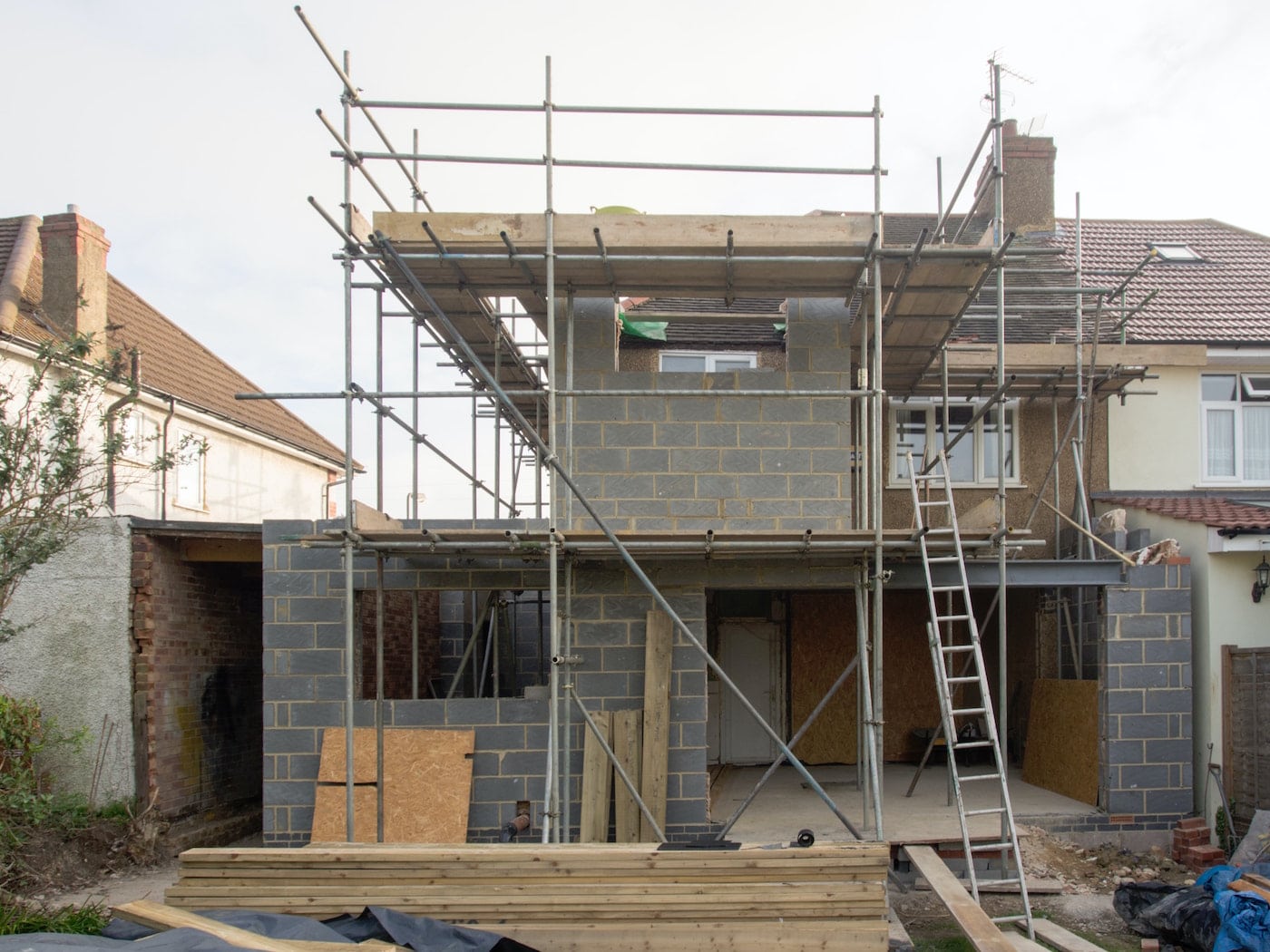To get planning permission, you’ll need to apply to your local council and have your application approved by your local planning authority.
Here are the steps you need to take:

It’s always worth doing this for larger developments. But your council is unlikely to give pre-application advice on householder applications or a single change of use, unless your proposal affects a listed building.
The benefit of making a pre-application enquiry is to improve the likelihood that your application for planning permission is successful. You’ll receive a headline view on whether or not officers will support the application. If the decision is in the balance, you’ll receive pointers for how to overcome their hesitations. You’ll be able to make the necessary changes before submitting your application.
It’s an online process and you just need to provide some key details about your proposal – enough so that it can be clearly understood.
You’ll receive a summary of the advice and a list of recommendations to improve your proposal (if deemed necessary).
If the council gave you recommendations, don’t ignore them. Take the time to update your proposal in light of the advice at the pre-application stage. Once you’ve resolved any potential problems with the application, you’ve made a smoother path for your application to get through the subsequent stages.
Next is the submission of your formal request for planning permission. Usually, this is an online application to your local council. However, in some circumstances, you can submit a paper copy if you need to.
You’ll find the application form relevant to your project on the Projects Portal website.
You’ll need to provide supporting information with your application. This varies depending on the project, but in most cases, you’ll need:
You’ll usually be asked to submit a fee with your application. The level of fees depend on the size and scale of your project and you can check what you’re likely to owe on the Planning Portal’s guidance to fees.
But the fee isn’t required in every application and certain projects are exempt from the fee. For example, if you’re improving your house with a loft conversion, or you’re making alterations to facilitate access for a disabled person, then you’re likely to be exempt.
If that applies to you, then you’ll need to submit documentation with your application that shows why you’re exempt.


Once you’ve submitted your application for planning permission, the local planning authority (LPA) will assess it against various criteria. Here are a few examples of issues that the LPA will take into consideration:
You’ll receive a letter from the LPA informing you of their decision to grant or refuse your application for planning permission. If your application is granted, then you’ll typically have three years within which to begin your work. You may receive permission that is subject to conditions. The letter will tell you which conditions need to be satisfied before you can begin work and you’ll need to complete these before you press ahead with the project.
It usually takes between 8-12 weeks to receive a decision after you’ve submitted your application.
For a full list of exemptions, see Regulations 4-9 of The Town and Country Planning (Fees for Applications, Deemed Applications, Requests and Site Visits) (England) Regulations 2012.
What happens if your application is rejected? If you disagree with the decision from the LPA, then you can appeal to the Planning Inspectorate to try and get it overturned. You’ve got six months from the date of the decision by which to submit an appeal.
But don’t act in haste. Before heading straight to the Planning Inspectorate, you should first have a discussion with the LPA. It may be the case that you can sufficiently amend certain aspects of your proposal in order to satisfy the LPA’s requirements.
If you’ve tried everything else and you’re still hitting brick walls with your application, that’s the time to send an appeal to the Planning Inspectorate.
You make your appeal online via their website. It’s a formal process and you’ll need to provide full statements of the case. Your appeal is assessed by the Inspectorate, but you’ll need to email a copy of all of your appeal documents to the LPA for information.
Make sure your appeal responds directly to the reasons for refusal set out in the LPA’s decision
notice. Include a response to any objections made by others at application stage, and address all relevant development plan policies and other relevant issues.
For a detailed description of the process, consult the Planning Inspectorate’s guidance.

No. If you need planning permission for your development, then you can’t continue with your plans without it. You’re likely to be served with an enforcement notice, which will order you to dismantle any building you’ve started in contravention of the planning laws.
If you fail to comply, you’ll be facing the possibility of stressful and expensive litigation. While there are a few hoops to jump through to get your planning permission, it’s by far the more preferable option in comparison to a gnarly legal fight.
If you’d like any advice or guidance in applying for planning permission, one of our experts will be pleased to help. Give us a call on 01225 976237 or email us hello@wbc.group